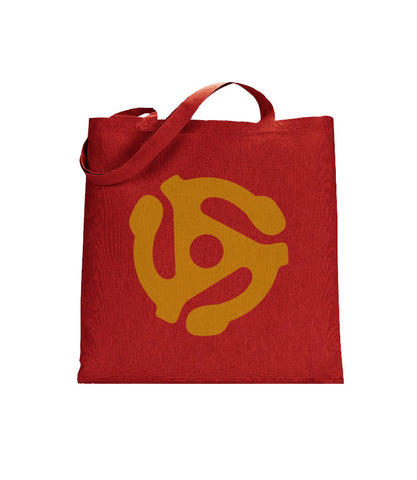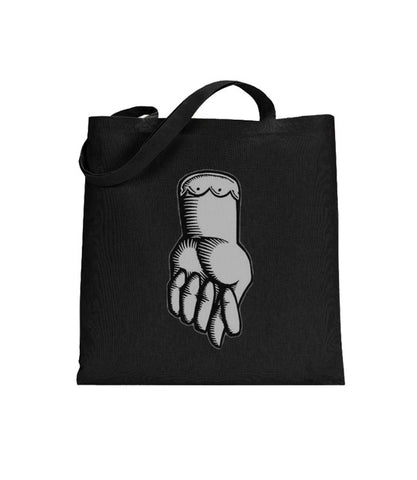Taino Woman Tote - SAMPLE... pending original design - Women's
$ 14.99
The word "Taino" means "good" or "noble" and it's rightfully so because no Spaniard ever saw these Indians fighting among themselves. They were a peaceful and generous people. At the end of the fifteenth century, they were divided into five tribes and on the verge of modern civilization and a centralized government. Their numbers have been estimated to be about 250,000 at that time. Columbus did not discover a lost or unknown land. There was a flourishing civilization of native Americans. In fact, hey taught him the ways of farming such crops as yuca and corn. Columbus stayed for only a year though, and when he left there were 39 Spaniards that remained behind with hopes of starting a settlement. However, fights began to break out among the Spaniards. They took on three or four Indian wives each, forcibly. After several months, the Tainos grew tired of the harsh treatment. Their "cacique" (chief) Coronabo attacked the settlement and killed the remaining Spaniards. Columbus returned the following spring and was shocked to find the settlement empty and burned. The new governor Nicholas de Ovando decided to take revenge. He arranged for Anacoana, the Indian princess-widow of Coronabo, to cook a meal for over 80 Indian caciques. However, when the chiefs had gathered within the dining hall preparing to feast, the Spaniards burned the place to the ground. Those who did not perish in the fire were later tortured to death. Thus began a tense relationship between the two peoples. It was at about this same time when the Indians were forced to work on the Spanish plantations. Some chose to abandon their villages and burn their crops, hoping to escape the torture. But their intentions backfired, and they were left without shelter and food. Mass suicide broke out, and the remaining Indian population, several years later, perished due to smallpox. Columbus and the Spaniards had all but wiped out the entire Taino population.
- 100% cotton canvas
- 6-oz.
- self-fabric handles
- 10"" diameter approx. imprint area
- 6 3/4"" diameter max. embroidery area







